TSH
(Specimen Container)
SST (Tiger Top)/Lithium Heparin/ Sodium Heparin/ Potassium EDTA
(Transport Temperature)
| Temperature | Period |
|---|---|
| Room temperature | Unacceptable |
| Refrigerated | 7 days |
| Frozen | 6 months (-10°C or colder) |
If testing is delayed more than 24 hours, remove serum or plasma from the clot, red cells, or seprarator. Transport Refrigerated.
Human Thyroid Stimulating Hormone (TSH) or thyrotropin is a glycoprotein with a molecular weight of approximately 28 000 daltons, synthesized by the basophilic cells (thyrotropes) of the anterior pituitary. TSH is composed of two non-covalently linked subunits designated alpha and beta. Although the alpha subunit of TSH is common to the luteinizing hormone (LH), follicle stimulating hormone (FSH) and human chorionic gonadotropin (hCG), the beta subunits of these glycoproteins are hormone specific and confer biological as well as immunological specificity. Both alpha and beta subunits are required for biological activity. TSH stimulates the production and secretion of the metabolically active thyroid hormones, thyroxine (T4) and triiodothyronine (T3), by interacting with a specific receptor on the thyroid cell surface. T3 and T4 are responsible for regulating diverse biochemical processes throughout the body which are essential for normal development and metabolic and neural activity.
The synthesis and secretion of TSH is stimulated by thyrotropin releasing hormone (TRH), the hypothalamic tripeptide, in response to low levels of circulating thyroid hormones. Elevated levels of T3 and T4 suppress the production of TSH via a classic negative feedback mechanism. Other evidence also indicates that somatostatin and dopamine exert inhibitory control over TSH release, suggesting that the hypothalamus may provide both inhibitory and stimulatory influence on pituitary TSH production. Failure at any level of regulation of the hypothalamic-pituitary-thyroid axis will result in either underproduction (hypothyroidism) or overproduction (hyperthyroidism) of T4 and/or T3.
In cases of primary hypothyroidism, T3 and T4 levels are low and TSH levels are significantly elevated. In the case of pituitary dysfunction, either due to intrinsic hypothalamic or pituitary disease; i.e., central hypothyroidism, normal or marginally elevated basal TSH levels are often seen despite significant reduction in T4 and/or T3 levels. These inappropriate TSH values are due to a reduction in TSH bioactivity which is frequently observed in such cases. Routine TRH stimulation is advised to confirm the diagnosis in such cases. Secondary hypothyroidism typically results in an impaired TSH response to TRH, while in tertiary hypothyroidism the TSH response to TRH may be normal, prolonged or exaggerated.
Primary hyperthyroidism (e.g., Grave’s Disease, nodular goiter) is associated with high levels of thyroid hormones and depressed or undetectable levels of TSH. The TRH stimulation test has been used in diagnosis of hyperthyroidism. Hyperthyroid patients show a subnormal response to the TRH test. In addition, large doses of glucocorticoids, somatostatin, dopamine and replacement doses of thyroid hormones reduce or totally blunt the TSH response to TRH.
Earlier assays for serum TSH lacked the sensitivity to be used as a primary test of thyroid function. Sensitive TSH assays now available, with increased ability to clearly distinguish between euthyroid and hyperthyroid populations, are changing thyroid function testing. Analytical sensitivity, as a means of assessing low concentration accuracy, is being replaced by functional sensitivity. The American Thyroid Association has formally recommended the use of functional sensitivity as the means to quantify the sensitivity of TSH assays, although analytical sensitivity is still widely used. Third generation TSH assays exhibit 20% interassay CVs at < 0.02 μIU/mL and are useful in the discrimination of patients with true hyperthyroidism from those with TSH suppression seen in subclinical hyperthyroidism and some non-thyroidal illnesses. Other thyroid tests (Free T4 estimate, Total T4, T-Uptake, and Total T3) combined with the ability to accurately measure low levels of TSH, improve the efficiency of thyroid diagnosis.
The Alinity i TSH assay is to be used as an aid in the assessment of thyroid status, diagnosis of thyroid disease, and treatment of thyroid disease.
0.35 – 4.94 uIU/mL

